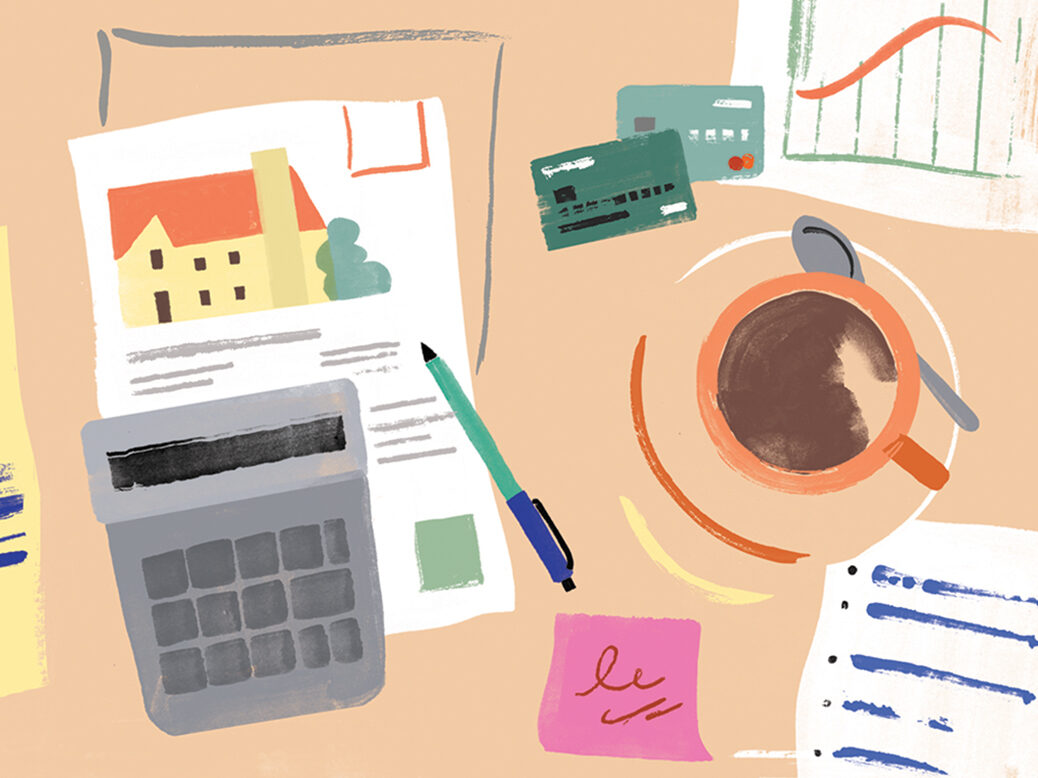
On Sunday 7 January 2024 at 8.06am, I listened to the 1998 Eurodance hit “Boom, Boom, Boom, Boom!!” by the Vengaboys. I decline to apologise for this. I don’t remember the occasion, but clearly, as the sun rose on the first Sunday of the year, I needed the pick-up that can only be provided by Dutch people yelling, “Boom, boom, boom, boom, I want you in my room.” I know that I listened to it and exactly when, because Spotify collects such data on me, and I recently requested that data. All of it.
This is a much more revealing exercise than Spotify’s perennially annoying festival of navel-gazing, Spotify Wrapped, in which the algorithm selectively portrays a user’s listening history in an attempt to get them to post about it on social media. Getting your full Spotify data takes a request, a few days, and you have to turn it into a spreadsheet, but I needed it to answer a question that has been bothering me: am I wasting money on Spotify?
A first look at the data suggests Spotify is excellent value for money. My account played 4,017 different songs in 2024. If I’d bought these individually at the default iTunes price of 99p, I’d have spent £3,832.95 more than I spent streaming them from Spotify (which is £143.88 for the year). The difference is enough to pay for another 25 years of Spotify.
However, if I’d been paying individually for each song, I would also have made an effort to listen to the music I’ve already paid for. In my case, this is stored on hundreds of CDs and a small vinyl collection in my loft, but this is also an argument for downloading over streaming: it becomes cumulatively better value over time. Spend £140 a year owning copies of music, and you’ll build up a collection that progressively reduces your further spending. And MP3 albums are surprisingly cheap, often costing less than they did when originally released (£5.99 for an album is common).
I would also, if I’d been buying songs, have been more discerning in my listening and my family’s listening. The Spotify data contains items such as “Farting Around the House” by someone called Mr Farts, which I don’t think I’d have paid 99p to hear. I would actually have paid, handsomely, for a service that prevented any of our devices from playing the “Skibidi Toilet” song.
This is what makes it harder to say if Spotify is good value for money, because it isn’t really replacing your old CD or record collection – it’s replacing the unintentional listening of the radio. A great deal of what’s on it is musical wallpaper. Spotify’s strategy appears to involve getting you to listen to less of what you want, and more of what you’ll unthinkingly accept. Mood Machine, a new book by the music journalist Liz Pelly, to be published in the UK in March, reports that Spotify is stuffing its playlists with “Perfect Fit Content”, or PFC – muzak, made to order and released by artists who are nothing more than corporate inventions. PFC is the ultra-processed food of the music world: devoid of artistry, industrially produced with only profit in mind, weirdly palatable but in a way that makes you feel sick.
This is the other side of the value question. An industry that 20 years ago paid artists over £1 per CD now pays about a third of a penny to stream a single. This has made Spotify’s CEO and founder, Daniel Ek, many times richer than any musician has ever been; on the average yearly income for a UK musician, it would take more than 250,000 years to earn Ek’s $7.3bn (£5.9bn) fortune. By contributing to this system you are also reducing the amount of new artists who are able to sell music and increasing the chance that it will mostly be replaced by a sea of AI-generated slop owned by Spotify itself.
That is probably the best way to look at how you spend money on music: you aren’t buying something you need, at least not in the same way you need washing-up liquid. You are paying someone to do something that gets demonstrably worse when it is made cheaper by technology and finance. Getting less music for your money – but keeping it, valuing it – might turn out in the long run to be the better deal.
[See also: Ethel Cain’s American Gothic]
This article appears in the 15 Jan 2025 issue of the New Statesman, The Disruptors



